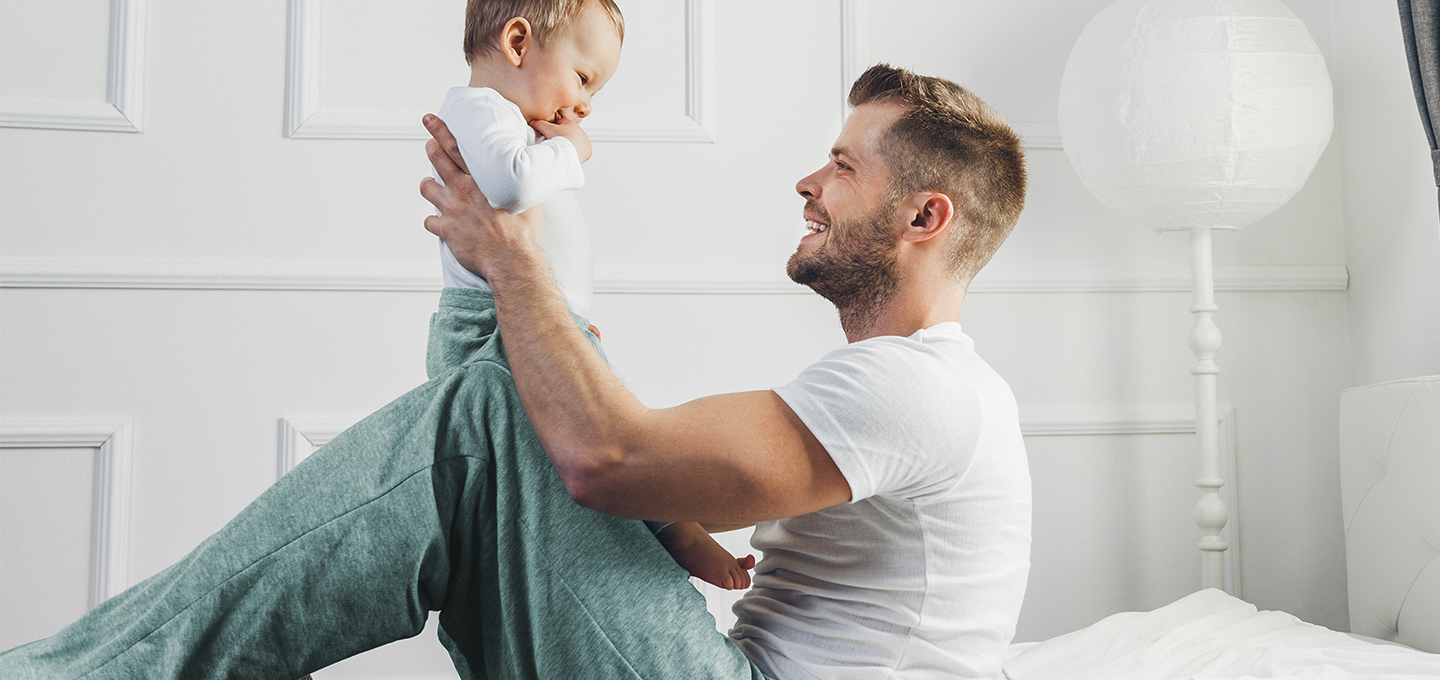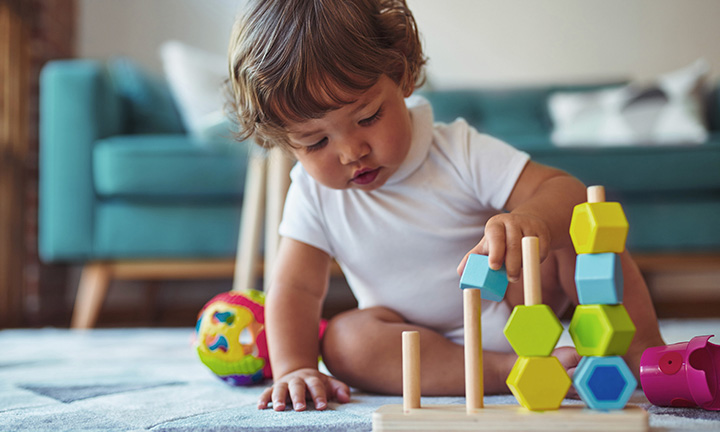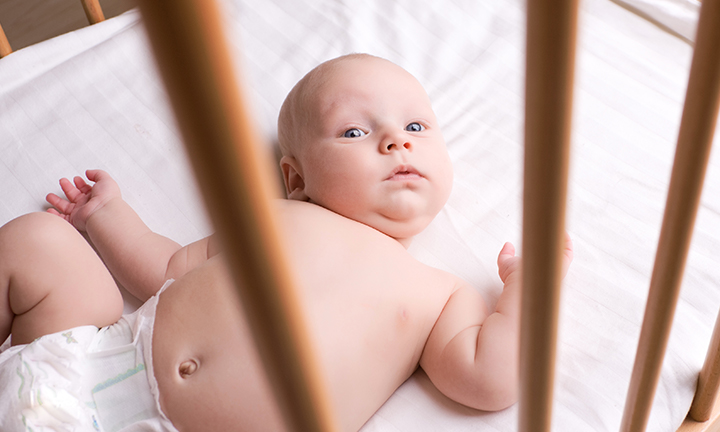
When Do Babies Sit Up on Their Own?
Your little one is quickly growing and making exciting developmental strides! It feels like they were a tiny newborn only yesterday and now they're becoming more mobile and independent. One of the big milestones ahead is when your baby starts sitting up, first with a bit of help, and later, on their own. In this article, we'll explore when babies typically start sitting up, how you can support their progress and what to expect next.
When Do Babies Start Sitting Up?
Most babies start to sit up with support between six and nine months of age. By nine months, many can sit unaided for short periods as they build strength and coordination. Each baby develops at their own pace, so your little one may develop these skills earlier or later on.
What Are the Signs Your Baby Is Almost Ready to Sit Up?
Signs your baby is ready to sit up may include, your little one lifting their head steadily without support, pushing up during tummy time or leaning forward to balance when propped up. You might also notice them propping themselves up with their hands as they build the strength and coordination needed to sit independently.
How Can You Help Your Baby Learn to Sit Up?
Wondering how to help a baby sit up? Start with supported sitting. Place your baby between your legs, facing away from you, with their hands resting on your knees. Supported sitting helps them get used to being upright and strengthens the muscles needed for independent sitting.
Encourage your baby to reach forward in this position to improve their balance. Make it fun by including soft toys in front of them to reach for and positioning toys further away to encourage stretching or blowing bubbles for them to grasp. Always supervise your baby during this stage, as they’re still developing their balance and may topple over.
With lots of encouragement and praise, your baby will feel secure and confident as they practice sitting up.
Can a 4-Month-Old Baby Sit Up?
At 4 months old, most babies are not yet able to sit up independently. Typically, babies begin to sit without support between 6 and 9 months of age. At 4 months, they usually develop head control and strengthen their neck and back muscles, which are essential for sitting. You can support this development by providing supervised tummy time, which helps build the necessary muscle strength.
Should a 6-Month-Old Baby Be Able to Sit Up?
By 6 months, many babies can sit up with support, such as leaning on their hands or being propped up. However, sitting independently – without using their hands for balance – may not occur until closer to seven or nine months as they continue to develop core strength and coordination.
Don’t worry if your baby isn’t sitting yet. Every baby develops at their own pace. Practising tummy time, supported sitting and encouraging movement may help them build the skills they need. For specific concerns, you can always check in with your GP or health visitor.
Do Babies Crawl or Sit Up First?
Most babies learn to sit up before they start crawling. Sitting up typically happens between 6 and 8 months, while crawling often happens later, between 7 and 10 months.
Before crawling begins, your little one will go through developmental steps to build the strength and coordination they need.
Signs that your baby is ready to crawl include:
These movements show that crawling could be just around the corner. Keep your baby in a safe, supervised space as they explore these new skills. If you're wondering when babies sit up and crawl, remember that each baby progresses at their own pace.
Safety Tips to Follow Before Babies Start Sitting Up
Around the time your baby is learning to sit up, it’s a good idea to have already finished or have made good progress on child-proofing your home. This is because being able to sit up is a sure sign that your baby is getting more mobile.
Here are some safety tips that will be of particular importance to you as your baby learns how to sit up:
By following these safety tips, you’ll help your little one practice sitting up in a safe and supportive way. If you have concerns or questions about your baby’s progress, speak to your GP or health visitor.
The Bottom Line
Sitting up is just one of many developmental milestones you’ll see your baby achieve during their first year. You can help your little one develop this skill by encouraging plenty of tummy time.
Don’t worry if your baby isn’t sitting up unassisted at six months old. The range for this milestone is typically between 6 and 8 months and every baby develops at their own pace. Before you know it, your baby will be sitting with support, then unassisted, and soon after, they’ll be standing, cruising, walking and even running!
If you’re concerned about a potential delay in your baby’s development, speak to your GP or health visitor for personalised advice.
Keep track of all your baby’s exciting milestones and save on your favourite nappies with the Pampers Club app.
How We Wrote This Article The information in this article is based on expert advice found in trusted medical and government sources, such as the National Health Service (NHS). You can find a full list of sources used for this article below. The content on this page should not replace professional medical advice. Always consult medical professionals for full diagnosis and treatment.
Read more about Baby
Related Articles
Join Pampers Club and get:














